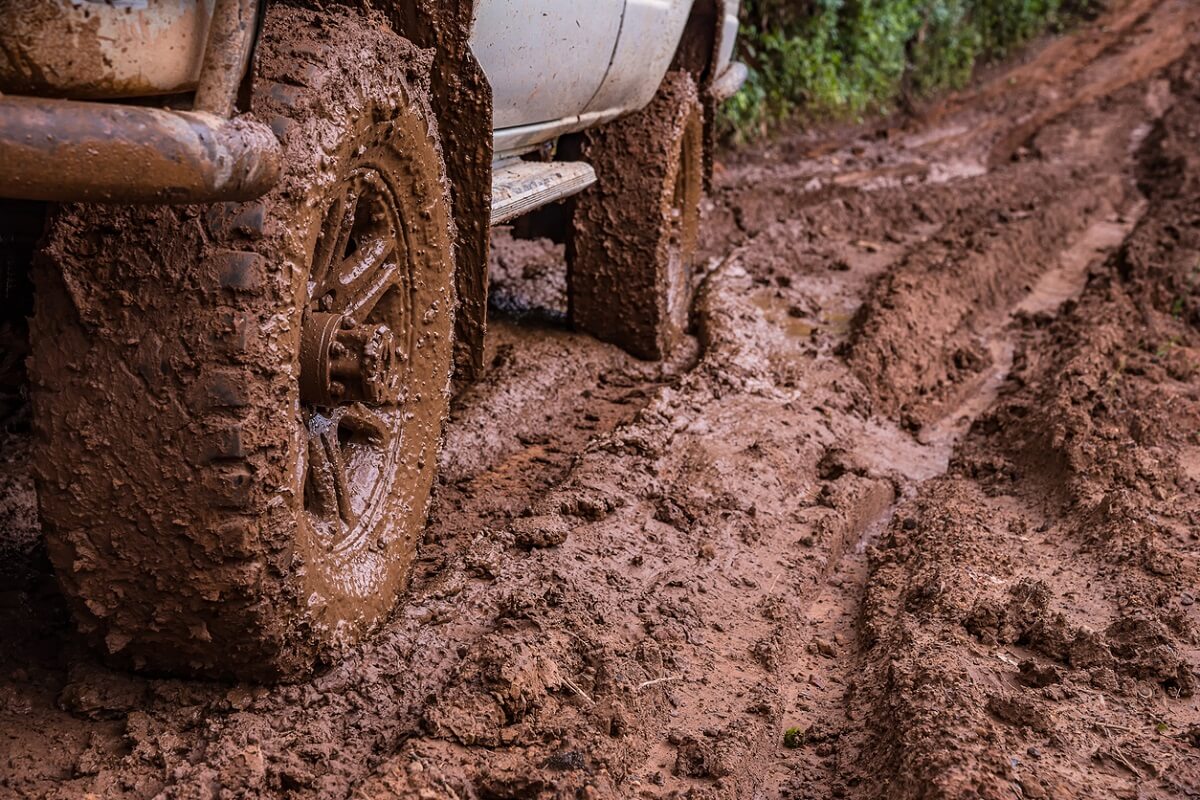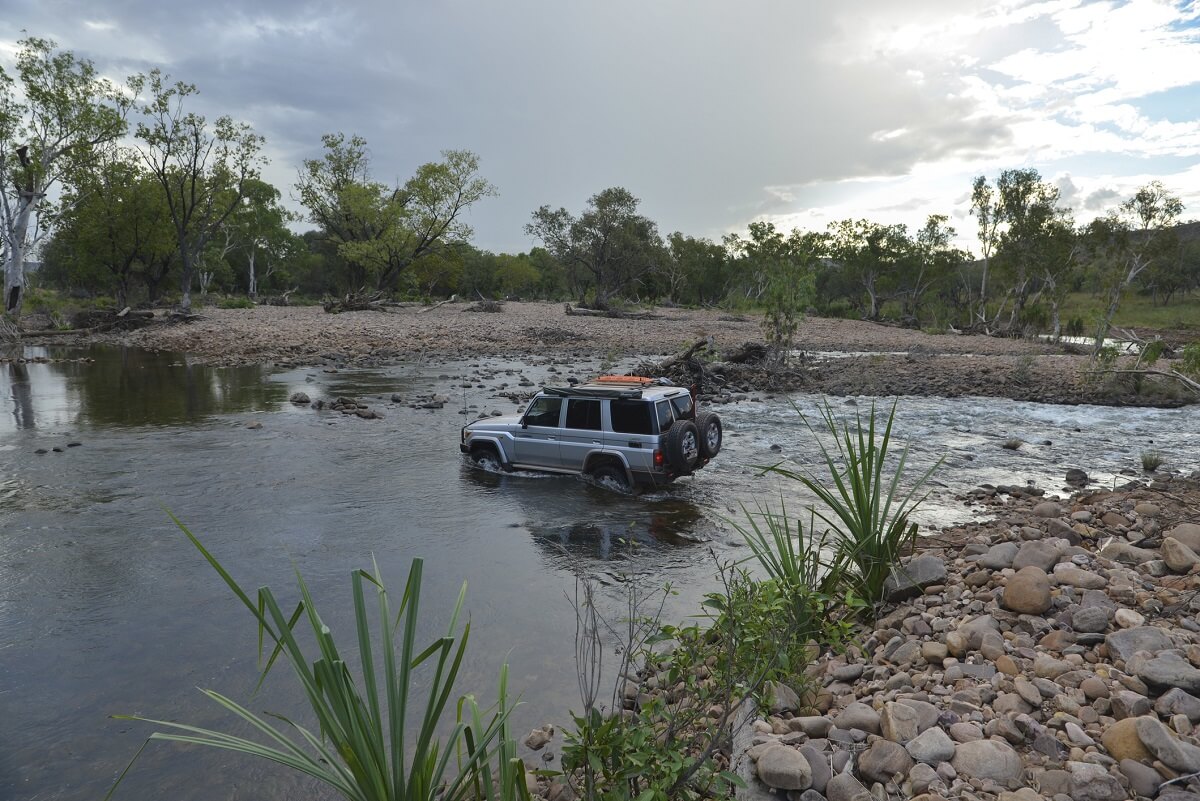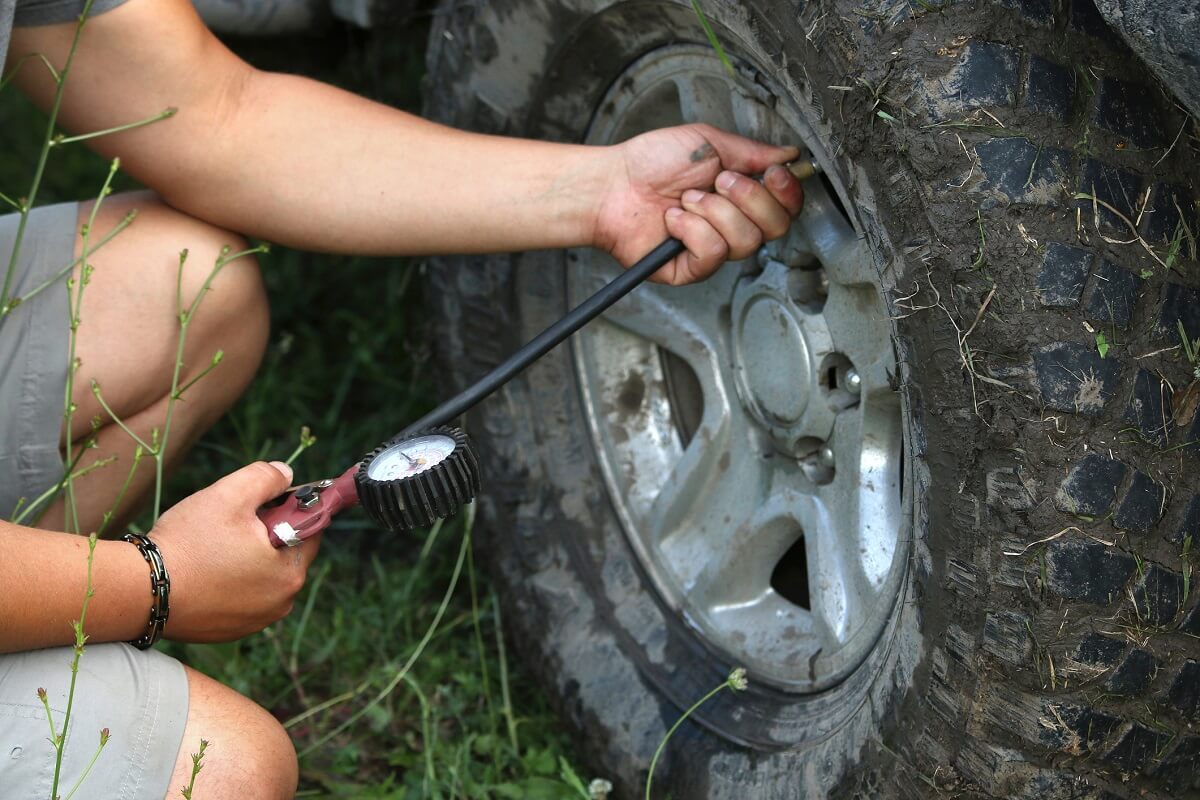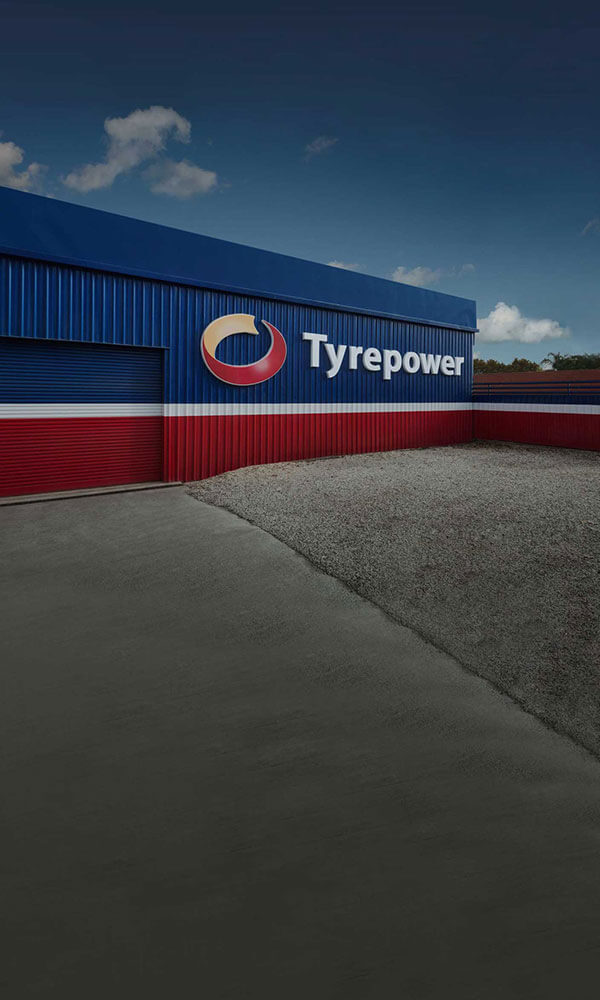Off Roading Tyre Pressures

When it comes to getting the most from your tyres in an offroad environment, there are a few things you should consider: Firstly, do you have the right tyres for the task at hand, are they in good condition and are your tyre pressures set correctly.
We have multiple articles focusing on tyre damage as well as tyre selection, but when it comes to offroad use, we should touch on tyre pressures and what difference they can make.
The tyre pressures recommended on your tyre placard are a great place to start for road use, but there are instances where you want to manually adjust your tyre pressures to suit the conditions you’re driving on.
To start with, tyre pressure is measured and explained with a few different measurements. With kPa (kilopascals), BAR or PSI (pounds per square inch). We’ll use kPa and PSI in this article.
When should I adjust my tyre pressure when driving offroad?
Offroaders and 4WD enthusiasts are often double checking tyre pressure depending on what terrain they’re crossing and what speeds they’re driving at, but why? What’s the point?
The recommended tyre pressures on your tyre placard assume travelling on sealed roads at highway speeds, and this is perfectly fine for most users, but in order to maximise traction and prolong tyre life, adjusting tyre pressures can significantly improve your vehicles capabilities.

Each vehicle, tyre and wheel setup is different, but the pressure reductions outlined in this article should give you a good starting point for fine tuning your own experience.
Soft Terrain
When people think of lowering their tyre pressures when offroading, driving on the sand is the first thing that comes to most peoples’ minds.
When driving on soft terrain such as sand, mud and loose gravel, lowering tyre pressures will cause the tyre to ‘bag out’ and spread the vehicle's weight over a larger area, dramatically reducing surface pressure over whatever you’re driving through. Typically for soft terrain, reducing tyre pressures by between 70 to 100kPa (10-15psi) is a good starting point. Careful not to reduce tyre pressures too low, as it’s possible to accidentally lose a tyre off a wheel.
Remember to limit your vehicle speed, as driving at high speeds with underinflated tyres will cause the tyre sidewalls to overheat, potentially causing tyre damage and a blowout.
Rough Terrain
Similar to soft terrain, lowering tyre pressures slightly when tackling rocky and rough terrain not only provides a slightly more comfortable ride quality, but allows the tyre to conform to obstacles, wrap around rocks and distribute point loads that would otherwise cause punctures.
Reducing tyre pressures from your standard placard pressure by between 28-65kPa (4-10psi) not only provides much more grip, but reduces the risk of tyre damage while off roading.
High Speed Driving
When driving on sealed roads and at high speed with extra weight in the vehicle, it’s often beneficial to slightly inflate your tyres a few kPa above your manufacturers recommended pressures by 14-32kPa (2-5 psi).
As we glossed over above, if the tyre sidewall is allowed to flex too much at high speeds, the tyre will overheat. Tyres that overheat are susceptible to damage and increases the risk of blowouts, loss of control, and even potential accidents. Putting a bit of extra air in your tyres helps them support higher loads at faster speeds.
It might be tempting to pump a heap of extra pressure into your tyres in order to improve fuel economy but over inflated tyres have a higher risk of punctures and will transmit more energy from bumps and potholes into your suspension and vehicle, causing an uncomfortable ride.
Tyre Pressure Tools

You don’t need anything too expensive or complicated to monitor and adjust your tyre pressures, but as always there are different options at different price points.
Monitor Tyre Pressure:
You don’t need anything expensive to keep track of your tyre pressures, with a cheap analogue pencil gauge available from any auto parts store or fuel station for just a few bucks.
If you want something fancier, a gauge can be had with both analogue and digital readouts that’s easier to read and more durable.
Stepping up another level, Tyre Pressure Monitoring Systems (or TPMS) often offer real-time pressure readouts from the dashboard of the car, however depending on the type you have, they won’t be able to accurately report on tyre pressures while the valve cap is off and the tyre pressure is actively being adjusted.
If your vehicle doesn’t have a TPMS from the factory, come and see the team today about having an aftermarket unit fitted to your vehicle, we can even supply kits that allow pressure monitoring for trailer tyres.
Deflate Tyres:
Once again, if you’re on a tight budget, you can use a rock or a stick to poke your tyre valve to let air out of the tyre. It’s free but works well, if not for being a little tedious, requiring another tool to double check your tyre pressures when you’re done.
Automatic deflators such as a set of Stauns are great for set-and-forget. Once you have your preferred tyre pressures set, you just screw them on in place of your valve dust cap and wait for the air to stop. Take them back off and put the dust cap back on and you’re good to go.
Another tool is a deflator which combines a tyre deflator and pressure gauge in one. These are fast to use, accurate, can give real time pressure readings, and are generally the way to go if you’re planning on frequently going on adventurous trips.
Inflate Tyres:
What options you choose here will heavily depend on how frequently you monitor and adjust your tyre pressures, with the simplest options being a foot pump.
Stepping up from there, 12v compressors that plug into your 12v power plug (or cigarette lighter plug) are inexpensive but often slow.
If you’re looking to make off roading a habit, there are options for installing aftermarket, built-in air compressors with an attachable hose right into your vehicle. This is useful for a whole range of tasks outside of tyre inflation, including filling air mattresses, blowing dust out of camping gear, operating air locking differentials, using air operated power tools and the list goes on.
How often should I check my tyre pressure?
Even if you’re not out wheeling and constantly altering your tyre pressures, we recommend checking your tyre pressures at least once a month.
Maintaining the correct tyre pressures help with avoiding uneven tyre wear, tyre damage and unpredictable handling, so it’s vital that tyres are correctly inflated for the task at hand and that your tyres are reinflated to ‘normal’ pressures when you return back to the road.
Your local tyre and wheel experts
Come bring your rig to the friendly team at Tyrepower today for expert advice on tyre selection, recommended pressures, tools and equipment as well as tyre safety checks, puncture repairs and more.

